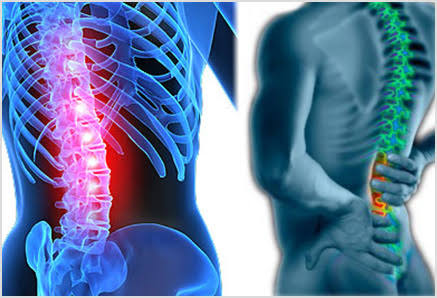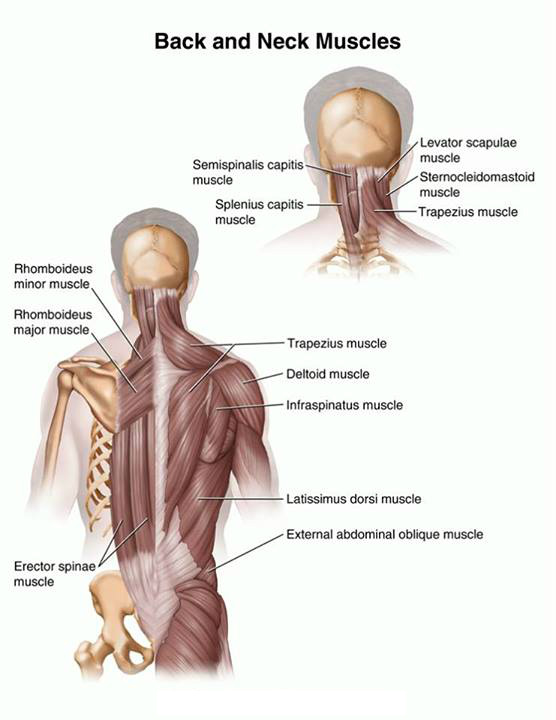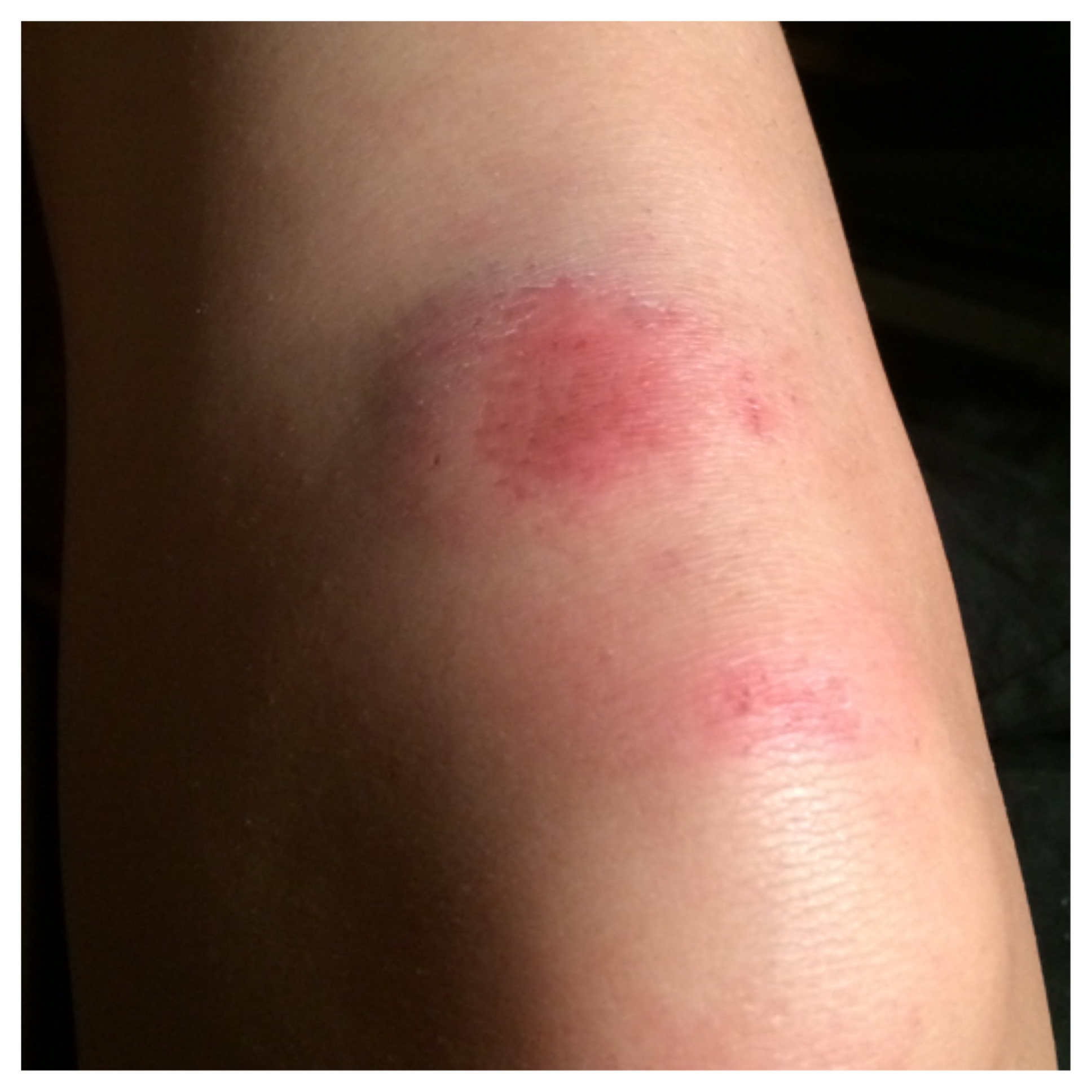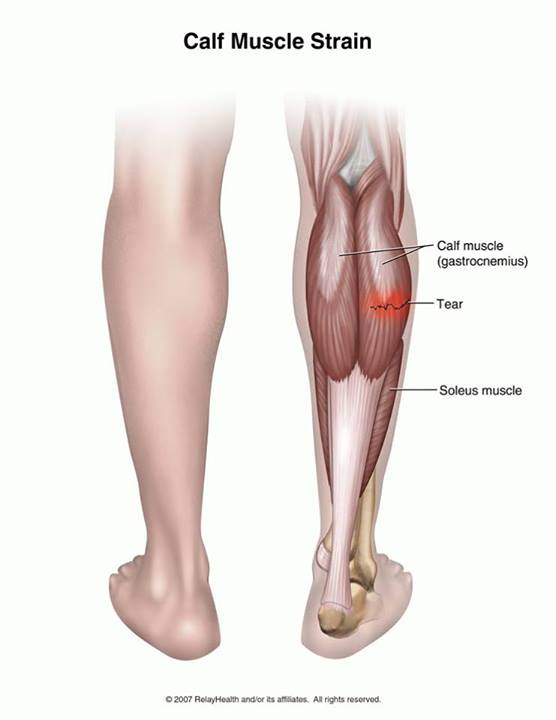Exercise-Induced Asthma
What is exercise-induced asthma?
Asthma is a lung condition that causes wheezing, coughing, shortness of breath, and chest tightness. Exercise-induced asthma is a form of asthma that some people have during or after physical activity.
How does it occur?
- In a person with asthma, the small airways of the lungs go into spasm or constrict. In exercise-induced asthma, this can occur:
During or after physical activity and usually when breathing is hard, heavy, or fast. - When the air is cold.
- When the humidity is very low or high.
- When there is a lot of air pollution.
- When there are a lot of allergens in the air.
What are the symptoms?
- The symptoms of exercise-induced asthma include:
wheezing - coughing
- shortness of breath
- chest tightness
- Fatigue
How is it diagnosed?
Your healthcare provider will ask about your history of breathing problems during or after exercise. He or she may ask you to run on a treadmill or to exercise outside the office. When you return, your healthcare provider will then listen to your lungs with a stethoscope to see if you are wheezing after the exercise.
Your healthcare provider may have you do special breathing tests before and after exercise. They may use a device called a spirometer or a peak-flow meter. These measure how fast you can exhale air in one breath. During a bout of exercise-induced asthma, the measurement will decrease from your normal measurement.
How is it treated?
Exercise-induced asthma can be successfully treated with medicine. The kind of medicine usually tried first is an inhaled bronchodilator. Examples of these medicines are albuterol and pirbuterol. Your healthcare provider will instruct you to take 2 puffs of this medicine about 15 to 30 minutes before your activity. If your provider tells you to, you may also use this medicine during your activity if you get symptoms.
Other medicines that may be tried include cromolyn or nedocromil. Your healthcare provider will tell you to take 2 puffs about 15 to 30 minutes before your activity to prevent wheezing. These medicines will not help once you have started wheezing.
How can I take care of myself?
Know what triggers your asthma. Some people have most symptoms during strenuous activity in cold, dry air. During the winter you may need to exercise indoors or wear a mask when you exercise outside. Wearing a mask warms the air before you inhale it. Breathing through your nose warms the air more than mouth breathing and may help prevent exercised-induced asthma. You may also need to be aware of conditions such as air pollution or allergens such as dust or pollen.
Doing warm-up exercises before a vigorous workout may help prevent an asthma attack.
Many people, including successful athletes, have exercise-induced asthma. You can remain healthy and physically fit with proper education and use of medicine.











